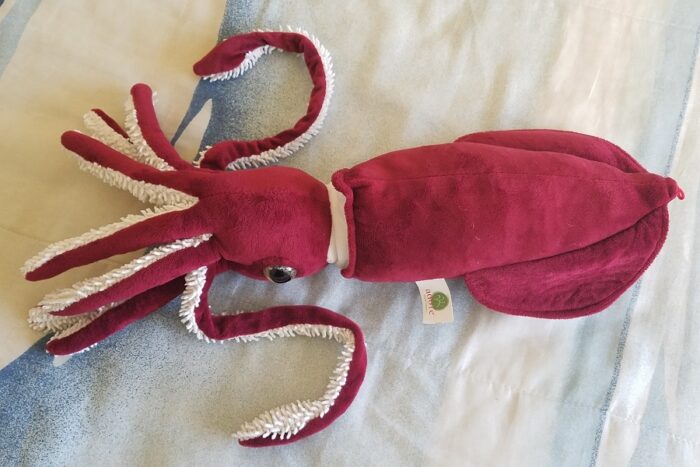
Review and images by Fembrogon; edited by bmathison1972
Hello, Animal Toy Bloggers! My name is Fembrogon, from the Dinosaur Toy Blog. Although the vast majority of my creature collecting has been devoted to extinct life, there are plenty of extant animals which have long been a source of fascination as well.
Read more
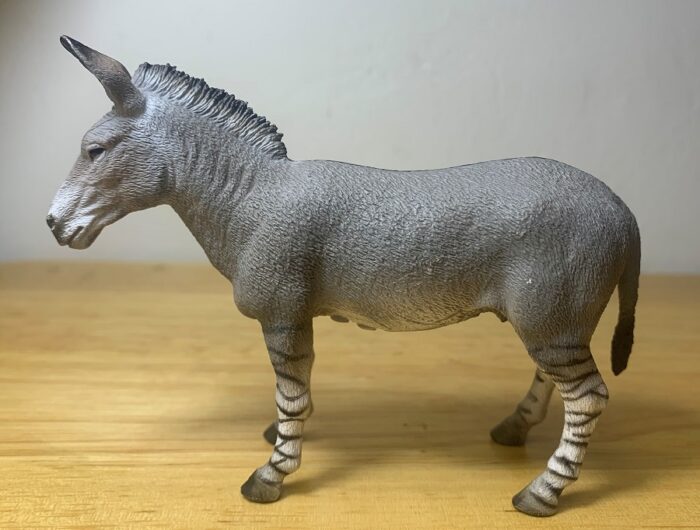
The African wild ass (Equus africanus) is a species of Equid native to the arid regions of North Africa. It is also critically endangered with only about 570 individuals living in the wild. Two sub-species have been described, the Nubian wild ass (E. a. africanus) and the Somali wild ass (E.
Read more
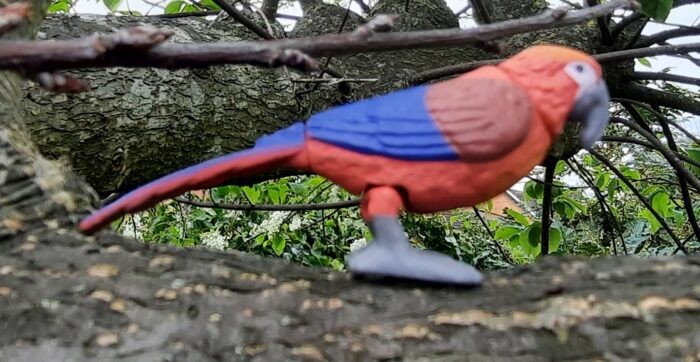
With their gorgeous plumage and startling intelligence, parrots are some of the most incredible birds alive today. While varied, they were once more so. One such place that did, and still does, have an array of parrots is Cuba, home to the species in this review: the Cuban Red Macaw. One of the smallest macaw species, it was brightly coloured and lived on Cuba (unsurprisingly) and the nearby Isla de la Juventud.
Read more
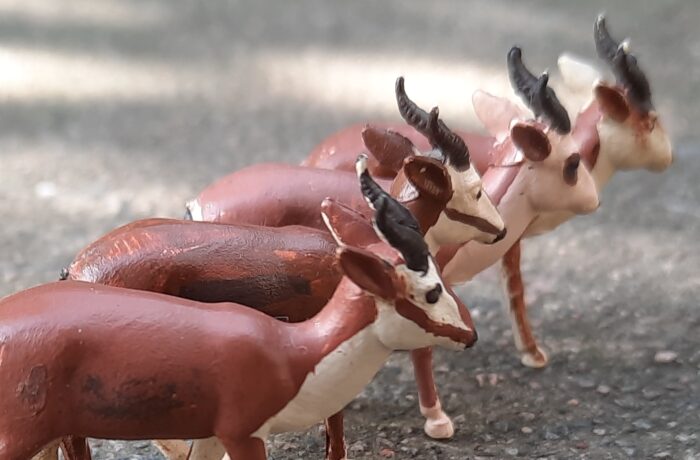
The plains of Africa are filled with a magnificent array of wildlife. From majestic lions to humongous elephants, it is a continent with a huge level of biodiversity. But it’s not just the big animals that gain notoriety. The national animal of South Africa is a modest sized animal, a mere 86cm at the shoulders, yet is the symbol of the nation, plus the nickname of their rugby team.
Read more
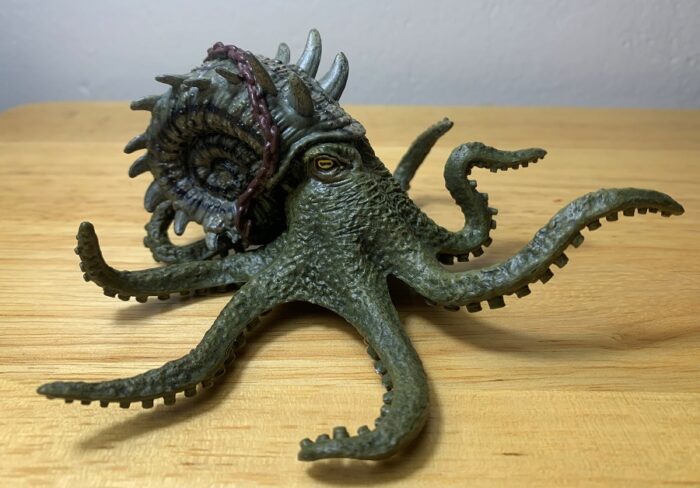
The kraken (Microcosmus marinus) is a cephalopod native to northern Europe that’s renowned for its size and ship sinking abilities. Although its true size is unknown, Erik Pontoppidan, bishop of Bergen and author of Natural History of Norway wrote that the kraken is “the largest sea monster in the world…round, flat, and full of arms, or branches.
Read more
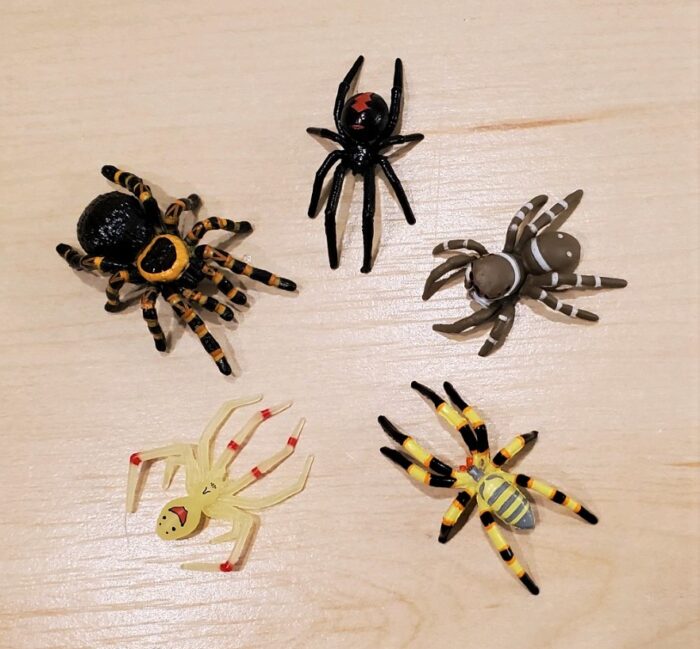
Today I am reviewing an ingenious collection of spiders by Toy Spirits. The collection is called 3D Picture Book Spiders of the World. The verbiage ‘3D Picture Book’ (or similar) is used often in Japanese figures, most notably by Yujin, but this time it is very appropriate, as the figures come displayed in small books (more on that below).
Read more
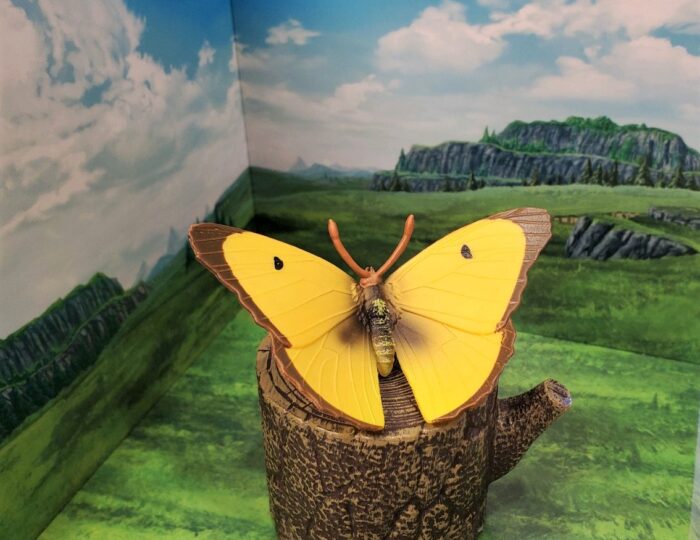
I started collecting insects when I was in Junior High School, so roughly 1984 or so. Like most beginners, I collected conspicuous and familiar species in my neighborhood, including of course butterflies and moths. Among the Lepidoptera my favorites were members of the family Pieridae, commonly referred to as whites, yellows, sulfurs, and orange-tips due to their delicate off-whites and pastel oranges and yellows.
Read more

Here, we see a rather surprising critter, a rodent from Europe that defied expectations. Here is the tale of the Bavarian Pine Vole (Microtus bavaricus): Once found only in Garmisch-Partenkirchen, Bavaria, the species was last seen in 1962, and the site it once inhabited was demolished in order to build a hospital.
Read more
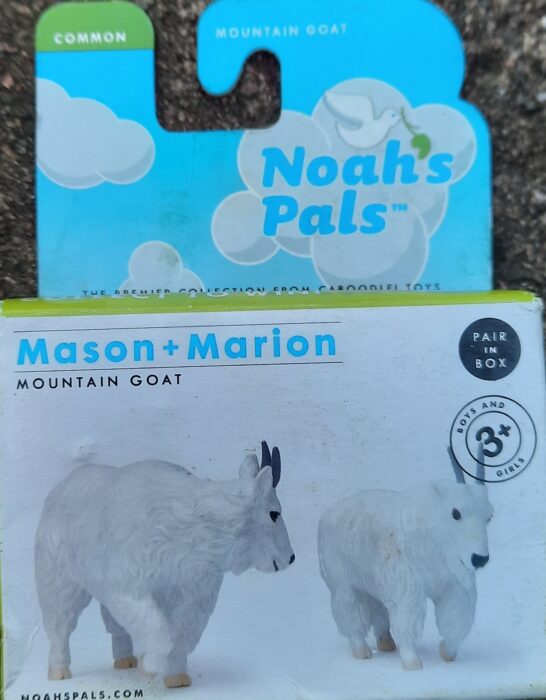
When someone or something is capable of scaling mountains and sheer heights, they are said to be “Sure footed as a mountain goat”, and it is well earned. The Mountain Goat (Oreamnos americanus) is a capable of scaling heights in spite of lacking claws or anything for grappling, across the alpine and sub alpine areas of the Rockies mountains.
Read more
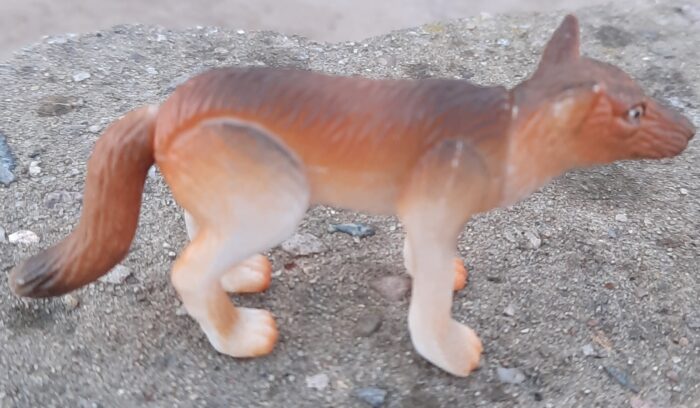
The canid family has produced some incredible species, though many are no longer around. Here we have one such, the Falkland Islands Dog. Related to Maned Wolf, this canid was isolated to the Falkland islands (perhaps unsurprisingly) and was likely the apex predator, as it lacked fear. This could be seen when sailors could get them to eat out their hands… usually before hitting the animal and killing it.
Read more
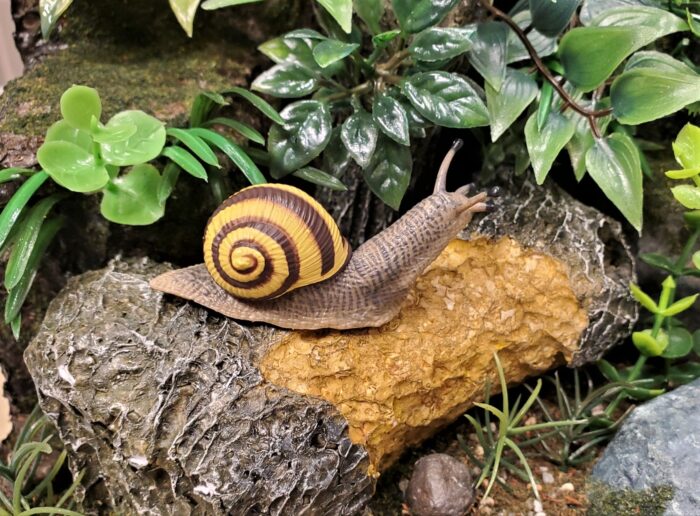
Cepaea nemoralis is a common and familiar species of land snail. It goes by several common names, including brown-lipped snail, grove snail, and lemon snail. It occurs throughout much of Europe, north to Sweden and east to Ukraine, including the islands of Great Britain and Ireland. It has also been introduced to North America (Northeast and Pacific Northwest) and Venezuela.
Read more
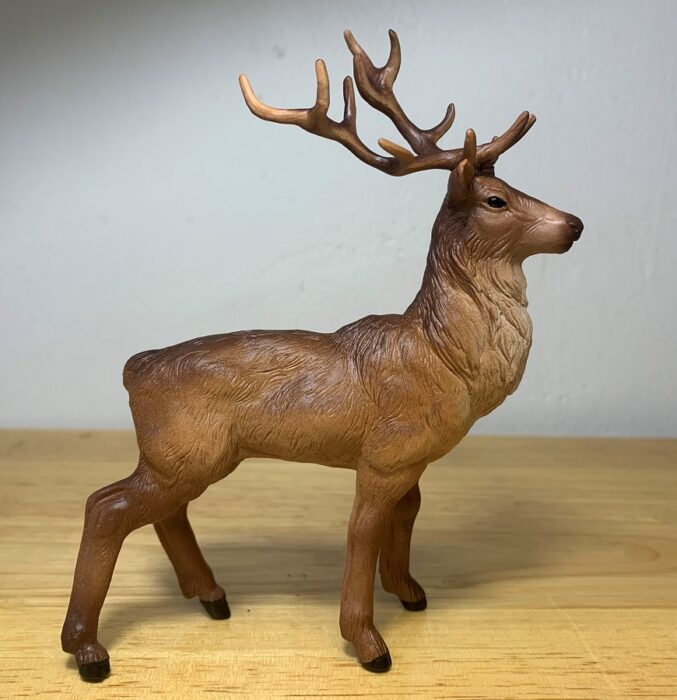
With today being St. Patrick’s Day, I thought it would be fun to look at an animal that hails from the Emerald Isle. I decided to go with the red deer (Cervus elaphus), Ireland’s only native deer and its largest native land mammal. The red deer ranges across much of Europe, into western Asia, and Northern Africa where it has the distinction of being Africa’s only deer species.
Read more















